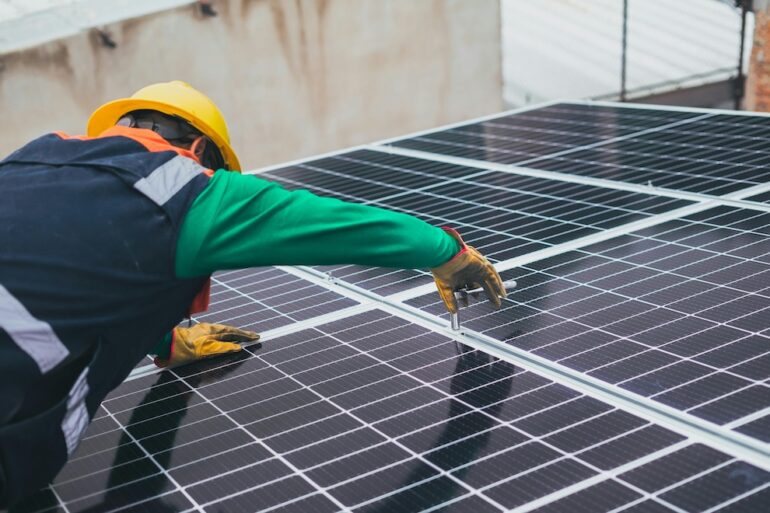When homeowners and business owners consider switching to solar energy, one of the most common questions they ask is: How long does this equipment actually last? In this blog post, we are going to discuss the lifespan of solar panels, and in future posts we will discuss other key equipment like batteries and inverters.
The good news is that today’s solar panels are built to be incredibly durable, offering decades of reliable, low-maintenance energy production.
Most high-quality solar panels today have an expected lifespan of 25 to 30 years — and many continue producing electricity well beyond that window. The official figure you’ll hear from manufacturers is typically tied to a performance warranty, which guarantees that the panel will still produce a certain percentage of its original power output after 25 years, often around 80–85%. But this warranty doesn’t mark the end of a panel’s usefulness. It simply indicates that energy production may gradually decline, not that the panel will fail.
How Solar Panels Age
High-quality modern solar panels degrade slowly over time, usually at a rate of 0.3% to 0.5% per year. This means that after 25 years, they will still produce around 85% to 92% of their original power. For panels that are a little older or slightly lower in quality, the degradation rate may bump up to as high as 0.8% per year, resulting in a panel that loses as much as 25% of its original output after three decades. Several factors influence how much degradation actually takes place, including the materials used, the manufacturing process, and the environmental conditions the panels experience.
Panels installed in extreme climates — such as areas with intense heat, heavy snow loads, or frequent storms — may experience slightly faster degradation. However, advancements in panel design, frame strength, and protective coatings have made today’s models much more resilient than those produced a decade ago.
Why Do Solar Panels Last So Long?
Solar technology has become incredibly durable. Panels are engineered to withstand decades of sun exposure, heat cycles, freezing temperatures, high winds, and even hail. Their longevity comes from:
- Tempered glass that resists impacts and weathering
- Corrosion-resistant aluminum frames
- Encapsulated solar cells protected from moisture and air
- Stringent testing standards implemented by manufacturers
Get Your Energy Independence
Modern panels are far more robust than earlier generations, which is why today’s systems can operate well beyond their warranty periods.
Durability You Can Count On
Modern solar panels undergo rigorous testing to ensure they withstand real-world conditions. Many are engineered to survive hail impacts, high winds, humidity, and cycles of freezing and thawing.
Solar panels have no moving parts, so there is little that can break or wear out over time. Proper installation and routine maintenance — such as keeping panels clear of debris and monitoring system performance — can further help extend their life.
What Happens After 30 Years?
At the end of their peak performance life, solar panels don’t just stop working. Most continue generating usable power, just at reduced efficiency.
Some homeowners keep older panels for secondary uses, while others choose to upgrade to newer, more efficient technologies. Recycling programs for aging panels are also expanding, making end-of-life disposal more sustainable.
Do Solar Panels Need to Be Replaced?
Not necessarily. Panels only need replacement when their production no longer meets your energy needs or if they become physically damaged. In most cases, homeowners choose to upgrade after 25–30 years not because the panels fail—but because newer, more powerful technology becomes available.
Today’s solar panels offer a long, reliable service life that makes solar energy one of the smartest long-term investments you can make. With proper installation and minimal maintenance, your solar system can continue producing clean, affordable power for decades.

